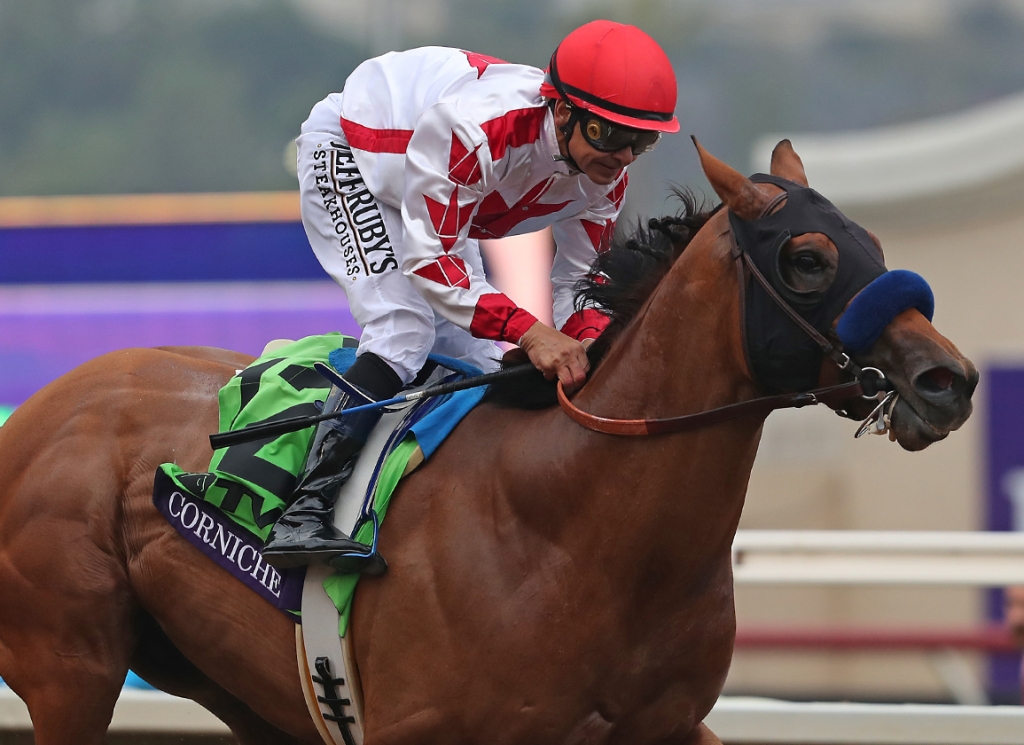I was saddened to read the heartfelt Letter to the Editor: Why I Am Leaving The Sport I Loved for 50 Years that appeared on the Paulick Report website on Jan. 20. As an Australian turf fanatic and now small-time owner who has been living in New York for a decade, I have a perspective on this.
Like the author, I relate deeply to that experience of the first time at the track and getting “hooked.” As a sports fanatic kid growing up in Melbourne in the 1980s and 1990s, I was ambiently aware of racing, but it wasn't until I experienced the roar of the crowd at the 1999 Caulfield Guineas and an epic battle between the champion colts Redoute's Choice and Testa Rossa that I was transformed forever. Or as the author puts it, “spiritually fed.”
Sadly, nothing about the author's recent experiences and decision to get out of the game entirely surprised me.
A few observations:
Racetrack Experience – American racetracks, even the bigger ones, are generally decrepit. While there may be little motivation to invest given the sport is played for TV and online wagering, it's a stark contrast to the magnificence of a Flemington or Royal Randwick on a clear day. Not to mention the hundreds of picturesque racecourses that make up Provincial/Country fixtures. Where my father lives in Kyneton, about an hour's drive from Melbourne hosts a brilliant “Country Cup” day each year with entertainment and great food options. In other words, a way to get people who aren't necessarily racing fans to enjoy a day out and perhaps also place a few wagers.
Wagering Experience/Bet Types – The user interfaces for American parimutuel betting are, in my view, very poor and don't reflect what younger generations would regard as a good user experience. While wagering types are mostly common between North America and Australia, the existence of “Flexi” betting options whereby a bettor can invest wagers of their choosing in return for a calculated % of the dividend are far more enticing than the rigid unit options available here. Additionally, many young people don't grasp parimutuel totalizator concepts. The option for “Fixed Odds” betting in Australia attracts a different type of player.
Integrity & National Regulations – I am not suggesting that Australia doesn't have its own issues with integrity, animal welfare, and scandals. To suggest otherwise would be untrue. But as recent examples show, public outrage against exposed corruption and animal cruelty has led to swift and decisive action by regulators. The bad guys do get disqualified for extended periods. While there may be minor state differences, on the whole, there are national rules of racing for medication and horse ratings/classification systems that promote certainty for participants and the wagering public.
Mainstream Interest / Media Platforms – Finally, while racing remains niche in Australia, engagement in some form is much more common there, particularly amongst younger generations. While only a handful of my friends follow racing daily, a large cohort will get together with their mates for the occasional “weekend quaddie” (a Pick 4 equivalent) as a social activity at pubs and sports venues across the country. A lot of this has to do with the prevalence of excellent media and digital platforms like Racing.com.
— David Salter
Owner, fan, and horseplayer
Want to sound off about something you've seen in the Paulick Report? Send us a letter at info at paulickreport.com. Please include your contact info so our editorial staff can reach you if they have questions.
The post Letter To The Editor: An Aussie Perspective On Being An American Racing Fan appeared first on Horse Racing News | Paulick Report.

